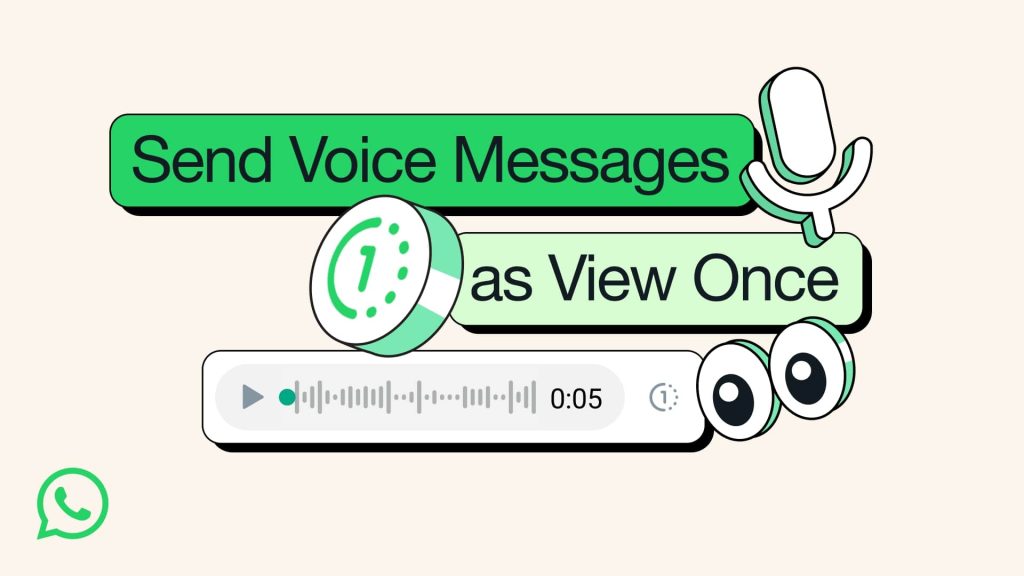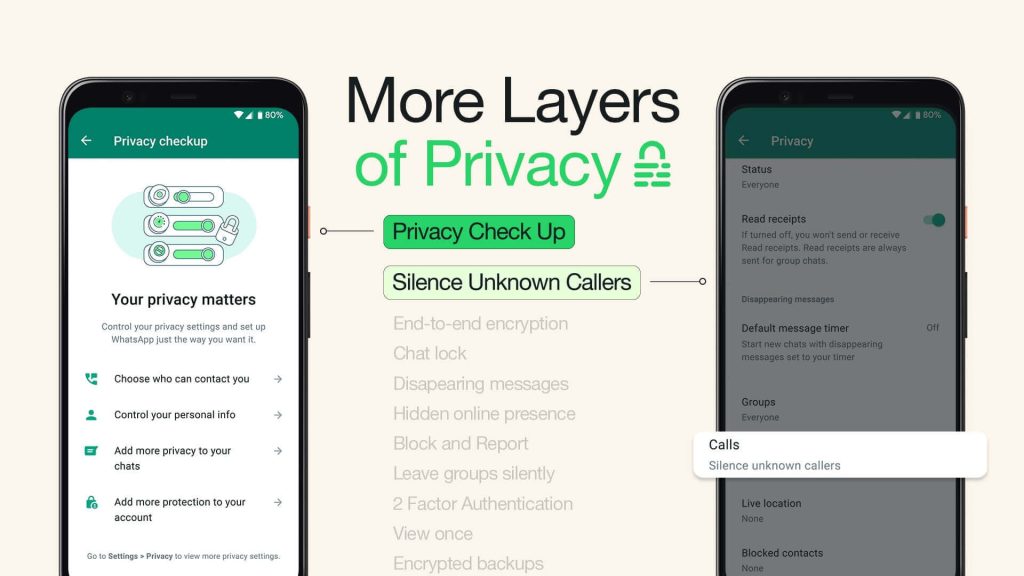In the realm of messaging apps, WhatsApp stands out as a trailblazer, revolutionizing the way people communicate globally. This case study delves into the factors contributing to WhatsApp’s remarkable success, its monetization strategies, the challenges faced, and the valuable lessons learned along the journey.
Introduction to WhatsApp
WhatsApp, officially known as WhatsApp Messenger, is an instant messaging (IM) and voice-over-IP (VoIP) service owned by technology conglomerate Meta. It allows users to send text, voice messages, and video messages, make voice and video calls, and share images, documents, user locations, and other content.
Brief History and Background
WhatsApp was founded by Jan Koum and Brian Acton, who had previously spent 20 years combined at Yahoo. WhatsApp Inc., based in Mountain View, California, created the service, and Facebook acquired it in February 2014 for $19.3 billion. It became the world’s most popular messaging application by 2015 and had more than 2 billion users worldwide by February 2020.
The journey of WhatsApp started when Jan Koum bought an iPhone in January 2009 and realized the potential of the app industry on the few months-old App Store. The initial idea was to build an app that shows statuses next to the individual names of the users. However, it quickly morphed into a messaging platform, as its early user base took to the app’s ability to send notifications to other users.
Key Features and Functionality
Message Delivery Confirmation:
WhatsApp’s message delivery confirmation feature lets users know when their message is successfully sent, received, and read. This feature helps users stay assured that their messages have been delivered without any potential delays or disruptions.
Group Chat:
WhatsApp’s Group Chat is a highly popular feature that enables users to engage in conversations with multiple people at once. Members of the group can add or remove participants, change the conversation’s subject, and even mute notifications to avoid getting disturbed.
Voice and Video Calls:
The Voice and Video Calls feature of WhatsApp is a great way to stay connected with friends and family. It allows you to have face-to-face conversations with up to 32 people at once. The audio and video quality are high, so you can feel like you’re in the same room.
End-to-End Encryption:
One of the most impressive features of WhatsApp is its end-to-end encryption. This secure protocol ensures that messages remain private and secure. All communication on WhatsApp is protected against interception by any third party, providing users with a safe way to communicate without worrying about their data being accessed.
Media Sharing:
WhatsApp supports sending and receiving a variety of media: text, photos, videos, documents, and location, as well as voice calls.

Factors Contributing to WhatsApp’s Success
WhatsApp has seen tremendous success since its inception. This success can be attributed to several key factors, including its user-friendly interface, cross-platform compatibility, end-to-end encryption, minimalistic design, and free messaging service. Let’s delve into these factors in detail.
User-Friendly Interface
WhatsApp’s user-friendly interface is one of the primary reasons for its widespread popularity. The app is designed to be simple and intuitive, making it easy for users of all ages and technical abilities to navigate and use. The interface is clean and uncluttered, with clear icons and labels, making it easy to access various features such as chats, calls, status updates, and settings. The recent introduction of a bottom navigation bar in the Android version of the app further enhances the user experience by facilitating smoother transitions between various sections of the app.
Cross-Platform Compatibility
WhatsApp’s cross-platform compatibility is another significant factor contributing to its success. The app is available on multiple platforms, including Android, iOS, and Windows, allowing users to communicate seamlessly across different devices. Furthermore, WhatsApp is currently working on a feature that could enable cross-platform compatibility, allowing users to communicate with others on different messaging apps. This means that someone on Signal, for example, will be able to contact a WhatsApp user even if they don’t have a WhatsApp account.
End-to-End Encryption
WhatsApp’s end-to-end encryption ensures that only the sender and receiver can read the messages, providing a secure communication platform. This encryption protocol ensures that messages remain private and secure, protecting them from interception by any third party, including WhatsApp itself. This commitment to privacy and security has been a significant factor in earning the trust of users worldwide.
Minimalistic Design
The minimalistic design of WhatsApp contributes to its ease of use and overall user experience. The design is clean and straightforward, with a focus on functionality rather than unnecessary features or visual clutter. This simplicity makes the app accessible and easy to use, even for those who are not tech-savvy.
Free Messaging Service
Finally, the fact that WhatsApp offers a free messaging service has undoubtedly contributed to its widespread adoption. Users can send text messages, make voice and video calls, and share media and documents, all without any cost. This has made WhatsApp an attractive alternative to traditional SMS and MMS services, especially in regions where these services are costly.
Also read | The Programming Languages Behind WhatsApp’s Success
Monetization Strategies of WhatsApp
WhatsApp has adopted various monetization strategies over the years.
Initial Business Model
The initial business model of WhatsApp was subscription-based. In some countries, the app used to cost about $1 to download; in others, the first year was free, but each subsequent year costs $1. This model allowed WhatsApp to generate revenue while offering its messaging services to users around the world. However, in January 2016, the subscription model came to an end, leaving WhatsApp with no apparent revenue stream.
Introduction of Business Accounts
With the introduction of WhatsApp Business, companies can create a business account for free to communicate with their customers. WhatsApp Business is an app available all across the globe in the Google Play and Apple app stores. It provides a wide range of tools useful for customer interaction, engagement, retention, and acquisition. To build a WhatsApp Business Profile, businesses just need to fill in their business name, and business category, and upload a logo or profile image.
WhatsApp Payments
WhatsApp Payments is a Unified Payments Interface (UPI) platform that enables bank-to-bank transactions via a smartphone. It is an in-chat payment feature that allows users to send and receive money from anyone on their contact list. This feature was developed by the National Payments Corporation of India (NPCI). WhatsApp Pay allows you to send payments directly in your chat box without needing to open any other app.
Acquisition by Facebook
Facebook’s acquisition of WhatsApp is one of the most significant deals in the tech industry.

Timeline of Acquisition
WhatsApp, a popular instant messaging platform, was acquired by Facebook in February 2014. The deal was worth approximately $16 billion, including $4 billion in cash and about $12 billion in Facebook shares. As part of the deal, WhatsApp’s founders and employees were provided with an additional $3 billion in restricted stock units. The actual price Facebook paid was $2.8 billion, as Facebook share prices soared from $68 to $77.56 when the regulatory approval process concluded in October.
Impact on WhatsApp’s Growth
The acquisition by Facebook had a significant impact on WhatsApp’s growth. In February 2014, WhatsApp had about 450 million users. By April 2014, just two months after the acquisition, WhatsApp had passed 500 million active users. The growth was fastest in countries like Brazil, India, Mexico, and Russia. The app was adding users at a rate of about a million per day in recent months. By 2020, WhatsApp had more than 2 billion users.
Integration with the Facebook Ecosystem
Post-acquisition, Facebook started to merge the messaging infrastructure of WhatsApp, Facebook Messenger, and Instagram. This integration allowed users to communicate cross-platform, meaning a Facebook user could communicate directly with someone who only has a WhatsApp account. This integration was part of Facebook’s broader initiative to fuse individual apps and products, paving the way for users to be able to communicate cross-platform.
Also read | How to Integrate Google Gemini to WhatsApp
Challenges Faced by WhatsApp
WhatsApp has faced several challenges over the years.
Privacy Concerns and Data Security
WhatsApp’s end-to-end encryption ensures that only the sender and receiver can read the messages, providing a secure communication platform. However, this doesn’t secure the messages once they are decrypted on your device. Moreover, the app also has access to your contacts and tracks where and how long you use it, putting your privacy and personal information at risk. Regulators have also raised concerns about WhatsApp’s confusing and overlapping Terms of Service and insufficient privacy policies.
Competition with Other Messaging Apps
WhatsApp faces stiff competition from other messaging apps. Telegram Messenger, for instance, has been known as the best WhatsApp competitor for a while now. Other competitors include Signal Private Messenger, Discord, Messages by Google, and many more. These apps offer similar features to WhatsApp and in some cases, they provide additional functionalities that WhatsApp lacks. This competition forces WhatsApp to constantly innovate and improve its features to retain its user base.
Monetization Without Compromising User Experience
Monetizing a free app like WhatsApp without compromising the user experience is a significant challenge. Initially, WhatsApp followed a subscription-based model, but it was later dropped, leaving WhatsApp with no apparent revenue stream. The introduction of business accounts and WhatsApp Payments were steps towards monetization. However, the exact implementation of ads remains uncertain, and the company is exploring innovative ways to generate revenue without compromising user satisfaction. These initiatives align with WhatsApp’s broader strategy of enhancing its functionality and attracting new users.
Lessons Learned from WhatsApp’s Success
WhatsApp has seen tremendous success since its inception.
Importance of User Experience
User experience (UX) is the overall experience a user has when interacting with a product, service, or system. WhatsApp’s user-friendly interface is one of the primary reasons for its widespread popularity. The app is designed to be simple and intuitive, making it easy for users of all ages and technical abilities to navigate and use. The interface is clean and uncluttered, with clear icons and labels, making it easy to access various features such as chats, calls, status updates, and settings. The recent introduction of a bottom navigation bar in the Android version of the app further enhances the user experience by facilitating smoother transitions between various sections of the app.
Value of End-to-End Encryption
WhatsApp’s end-to-end encryption ensures that only the sender and receiver can read the messages, providing a secure communication platform. This encryption protocol ensures that messages remain private and secure, protecting them from interception by any third party, including WhatsApp itself. This commitment to privacy and security has been a significant factor in earning the trust of users worldwide.

Balancing Monetization and User Trust
Monetizing a free app like WhatsApp without compromising the user experience is a significant challenge. Initially, WhatsApp followed a subscription-based model, but it was later dropped, leaving WhatsApp with no apparent revenue stream. The introduction of business accounts and WhatsApp Payments were steps towards monetization. However, the exact implementation of ads remains uncertain, and the company is exploring innovative ways to generate revenue without compromising user satisfaction. These initiatives align with WhatsApp’s broader strategy of enhancing its functionality and attracting new users.
Future Outlook for WhatsApp
Potential Growth Opportunities
WhatsApp has been continuously updating its app with new and more user-friendly features to further enhance the user experience. These updates have already begun to roll out to users globally and will be made accessible to everyone in the coming weeks. In addition, the company is working on many new features for its upcoming updates. The latest important features include Private Audience Selector, Voice Status, Status Reactions, and more, with some still in development. These features are expected to attract more users and increase user engagement, thereby providing potential growth opportunities for WhatsApp.
Emerging Trends in Messaging Apps
The messaging app industry is evolving rapidly, and several trends are expected to shape the future of this industry. Some of the emerging trends include:
- Augmented Reality (AR): As AR technology becomes more ubiquitous, messengers are incorporating more AR features to enhance user engagement and communication.
- AI Chatbots: The integration of AI-powered chatbots is expected to become more sophisticated.
- Extensive Support for Voice and Video: With the increasing demand for real-time communication, there is a growing trend towards extensive support for voice and video in messaging apps.
- Enhanced Security: With the increasing concerns about data privacy and security, there is a growing trend towards enhancing security features in messaging apps.
Regulatory Challenges and Compliance
WhatsApp, like other messaging apps, faces several regulatory challenges and compliance issues. Regulators have handed out hundreds of millions of dollars in fines for record-keeping failures related to the use of social messaging platforms such as WhatsApp. The finance industry faces a choice: properly enforce bans on the use of these apps or find ways to make them compliant. Moreover, the use of unauthorized communications long pre-dated COVID-19, but the pandemic accelerated the practice as the lines between home and work life blurred. This means work and personal communications are also blending. Given the more challenging competitive landscape and the pressure on firms to maintain margins, there is also often a willingness to communicate with clients however the client wants, even if that means using unauthorized channels.
Conclusion
WhatsApp’s journey from a simple messaging app to a global phenomenon exemplifies the power of innovation, user-centric design, and strategic partnerships. By prioritizing user experience, embracing encryption, and navigating monetization challenges thoughtfully, WhatsApp continues to shape the future of communication in an increasingly connected world.

